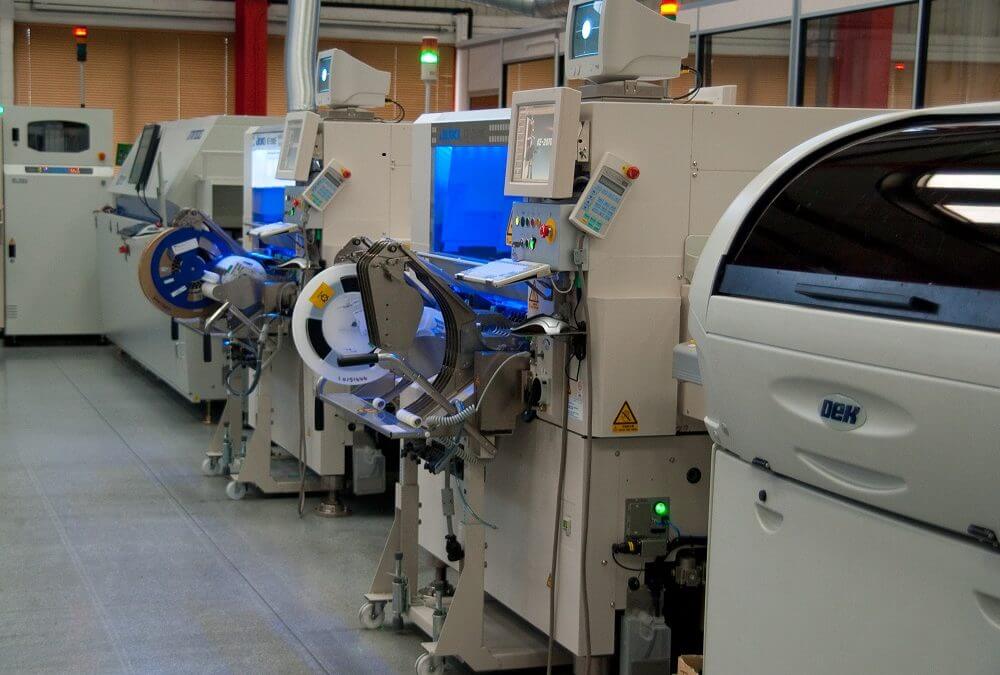Raising the barcode: With large component volumes, control processes such as barcoding are vital
With OEMs under increasing pressure to produce and distribute products to ever decreasing timeframes but higher standards than ever, getting the manufacturing practices as smooth as possible is a major priority. Handing the management of this process and of the parts and materials needed to manufacturing partners is cost effective and logical, but also requires manufacturers to put a great deal of trust in their EMS partners. Implementing flawless control processes is one way that EMS partners can reassure manufacturers that their products are in safe hands.
Many components, especially those used in surface mount technologies, are identical with no markings or visible differentiators. EMS firms service multiple customers and support a vast array of products and technologies, meaning there are thousands of parts in circulation. At Chemigraphic, we have over 40,000 parts in play at any one time.
However, it’s vital to treat every different part as an individual, as they each have a very distinct function and purpose. Putting the wrong part in the wrong location, even though it fits physically, can be catastrophic for the product, causing immediate failure or remaining hidden as a latent fault only to be revealed years later.
In order to avoid such issues and keep on top of the exact identity and location of every component, it’s crucial for EMS providers to implement strict control processes and procedures throughout the manufacturing process.
At Chemigraphic, we are meticulous about component control. Here are just some of the control processes we use to maintain the highest standards of quality for our customers:
- Sourcing
We have robust systems around process governance, meaning we only source components from reputable and approved suppliers. Any issues or non-conformities arising are managed with trackable documentation which is recorded and reviewed. We are committed to carrying out regular and thorough checks and balances to manage supplier quality and drive continuous improvement.
- Automated barcoding
We operate an automated barcode generation system which barcodes everything in our factory: materials, equipment, personnel and products. Our Enterprise Resource Planning (ERP) system will only allow the movement of components and materials between each stage of the manufacturing process once the necessary criteria are fulfilled, allowing for full traceability. We actively manage this data which is displayed on dashboards all around the factory and our offices, enabling immediate identification and rectification of issues before they escalate.
- Bespoke labelling
At PCB level, our ERP generates a unique serial number per product which is automatically printed and placed by machine. This avoids any possibility of duplication, lack of serialisation, or inconsistency in placement or orientation. This is especially important when customer assembly or service personnel require access to the products through access hatches or similar.
Our surface mount stock is managed by a fully automated kitting and storage system which eradicates the risk and cost of operators picking parts from shelves.

